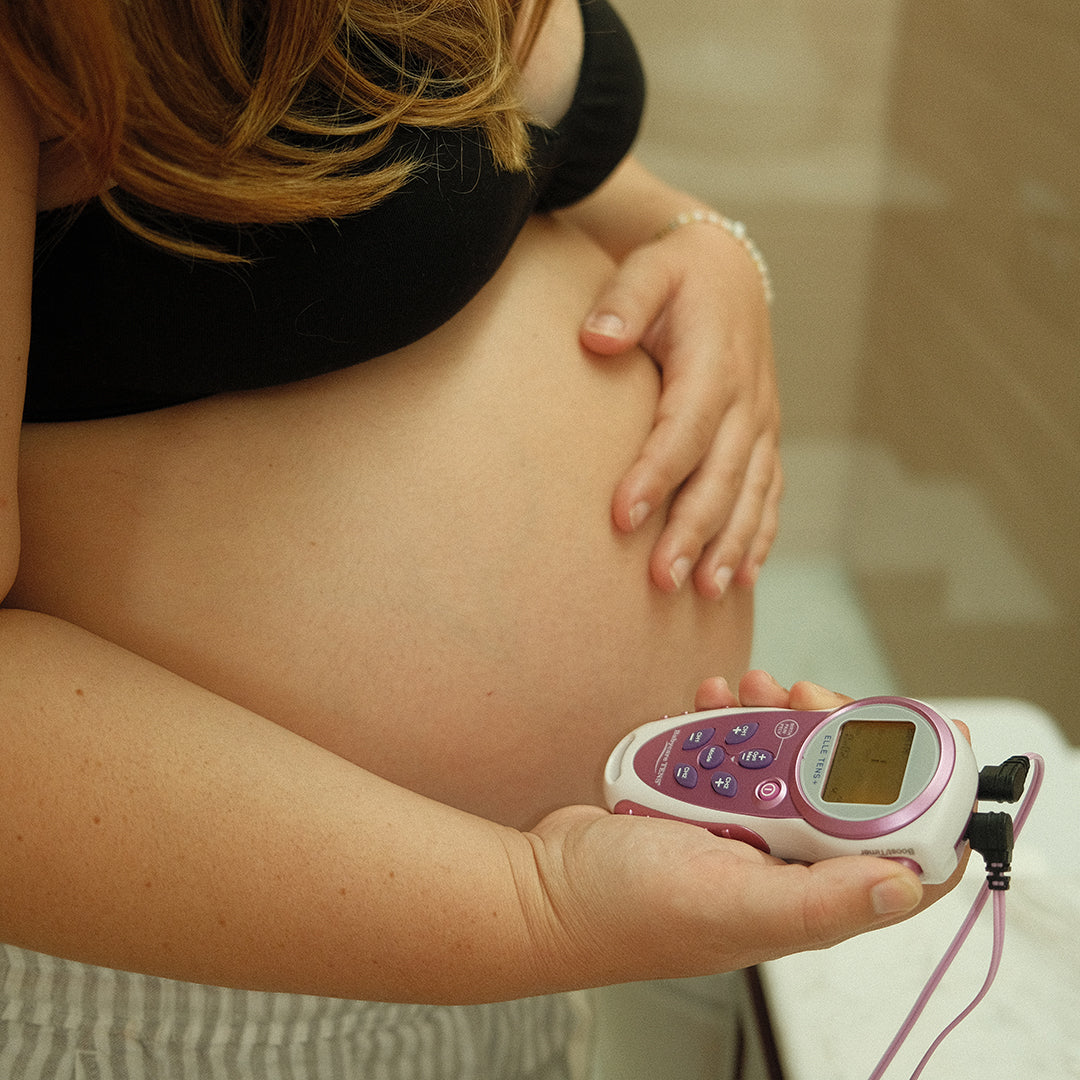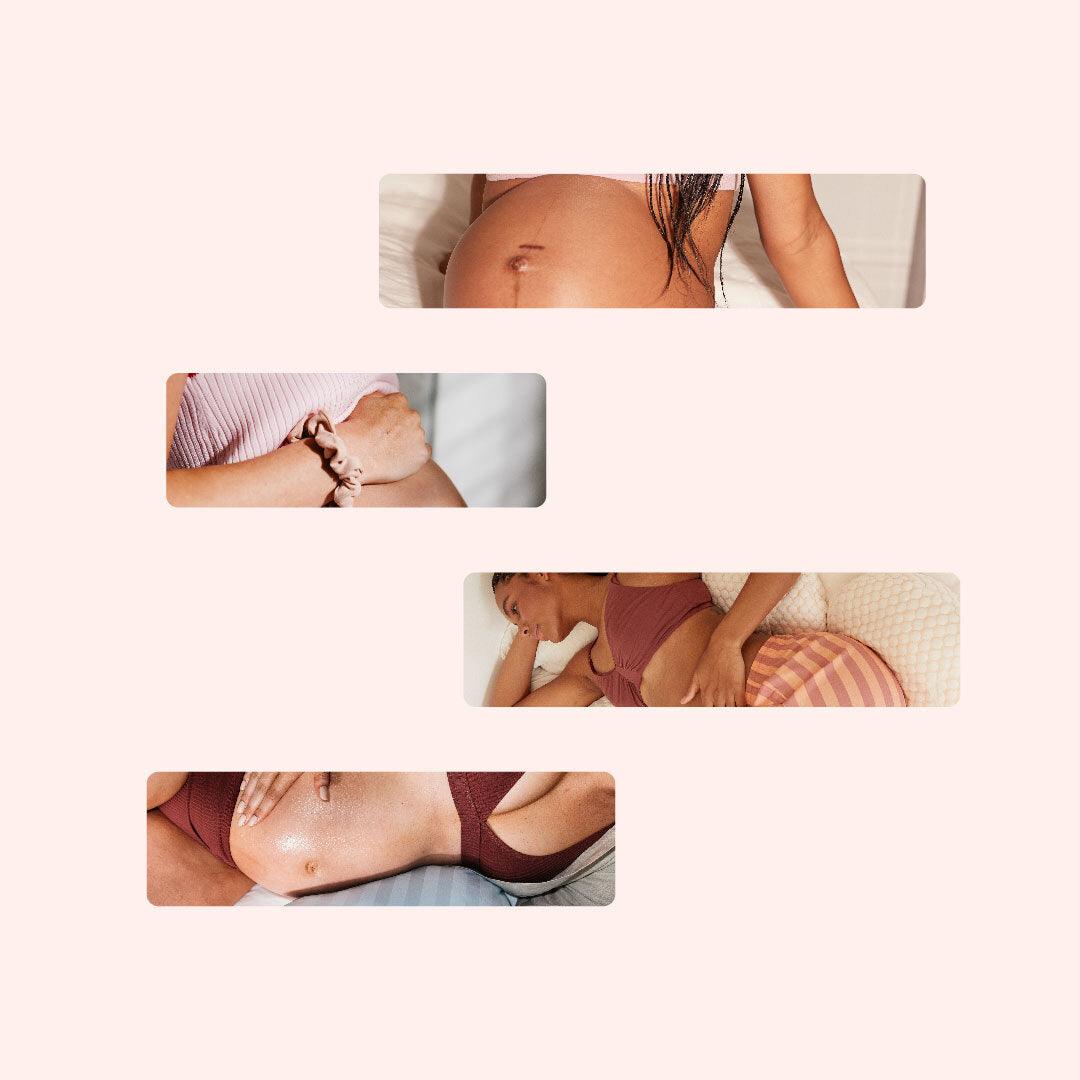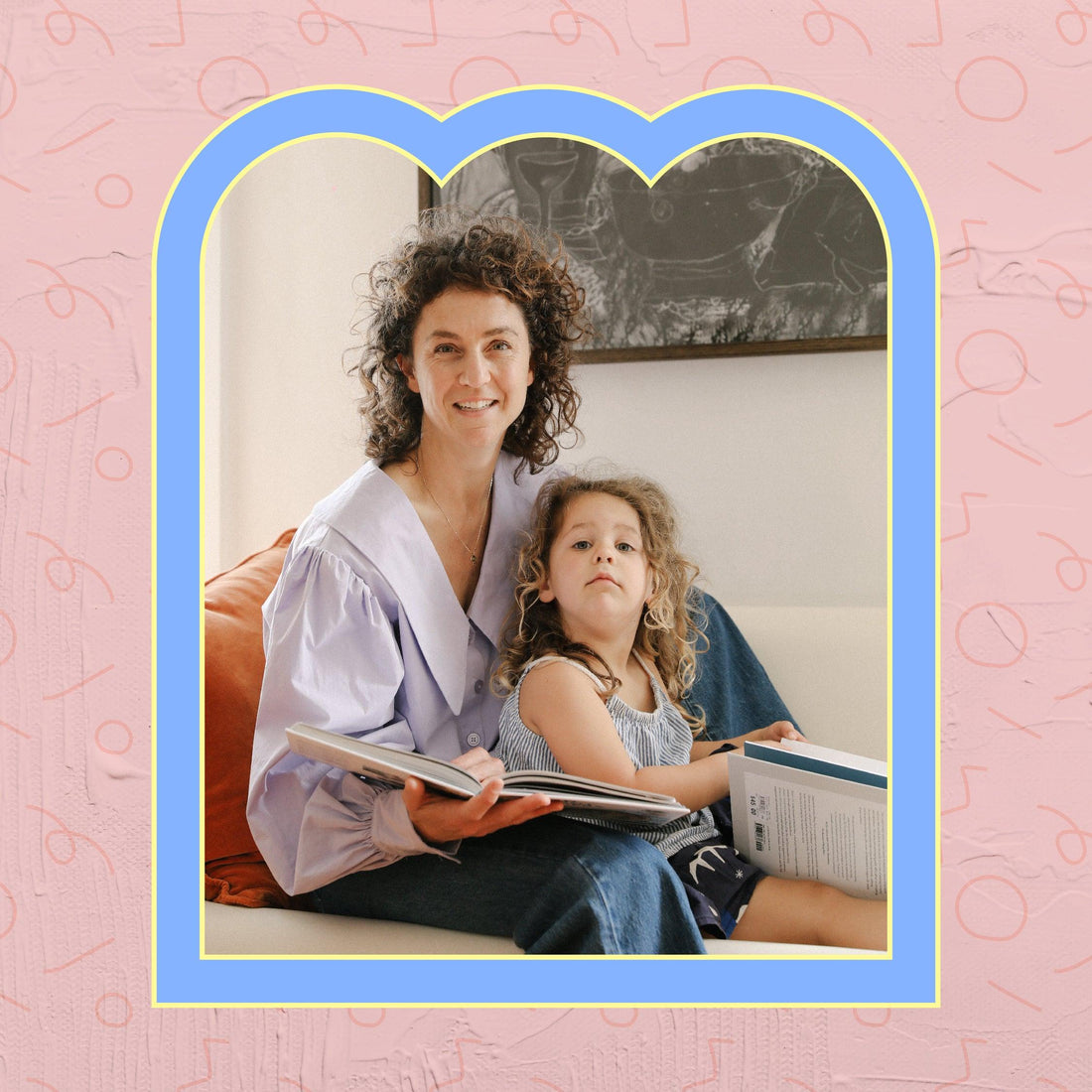How to tell when it’s time
When you get to the pointy end of pregnancy there’s a mixture of excitement and nervousness at the great unknown of giving birth. How will you know the signs of labour? Are there early signs of labour that you should be aware of? Will your body know what to do? All these questions are totally normal, and as always we’ve got you. Here are the most common signs that labour is near.
Early Signs Of Labour
It’s important to remember that every birth —and every body— is different, so what you experience may be different to your mum/sister/best friend. Labour happens in three stages: the first, where your cervix is softening and dilating; the second, where you’re fully dilated and your baby is born, and the third which is the birth of the placenta.
These early labour signs will help you prepare so that you know it’s time for the main event.
Sign 1: Backaches And Cramps
This is a tricky one, because you’ve probably experienced backaches throughout your pregnancy – so how do you know this one is an early sign of labour? The pain will be sitting in your lower back and could also shoot down through the legs. It may also be accompanied by some cramping (think: period cramps, but more intense) groin or abdominal pain, and will be consistent and unable to be relieved by moving around or resting.
Sign 2: The “Show”
What is commonly referred to as “the show” is actually when the mucus plug that seals the cervix opening is dislodged, coming out through your vagina. It “unplugs” as your cervix softens and stretches in preparation for labour. It is a mucus that can be pinkish or reddish brown in colour (or even blood tinged) and can come out all at once of in smaller bits. While it is one of the signs of labour, it doesn’t necessarily mean immediately. In fact it could mean labour is still several days away, or as close as an hour away.
Sign 3: An Urge To Go To The Toilet
Many women report the constant need to go to the toilet when they’re in labour. This is because the baby’s head is pressing against your bowel, which causes that “need to go now” feeling. You may also experience diarrhoea as your body gets itself ready for birth.
Sign 4: Frequent, Regular Contractions
Contractions are most likely the sign of labour that your most familiar with, but how do you know you’re having them? First, to distinguish between these and Braxton Hicks (or false contractions) they will not go away when you change positions or move, and they will be spaced at regular intervals. When you enter actual, true labour the contractions will often start in the lower back and move to the front of the stomach and will feel like intense period cramps. The contractions (lasting roughly 30-70 seconds) will follow a pattern, getting longer, stronger, more frequent and closer together as labour wears on.
Sign 5: Your Waters Break
Despite what Hollywood would have you believe, your waters breaking is not always necessarily a dramatic affair (and it doesn’t always happen on your favourite shoes). Your “waters” are the amniotic fluid that’s contained in the amniotic sac inside your womb, where your baby has been the entire pregnancy. When the membranes tear open (or the “sac breaks”), the fluid comes out, usually in a trickle, though the sudden movie-like gush is also possible. While this is often an early sign of labour it can also be one of the last, and you may already be in active labour when this happens. Conversely you may also not start having contractions immediately either, and there is even a (very unlikely) chance that your baby could be born “en caul”, which means it’s birthed still inside the amniotic sac. Once your waters break, you need to contact your medical practitioner who will advise you to come in and be examined.
If you’re unsure whether you’re in labour or not, always contact your midwife or obstetrician and explain your symptoms. They’re there to guide you through this experience, and have done this many times before. Remember, there are no silly questions when it comes to do with anything pregnancy or birth related, and it’s always better to check for your own peace of mind.
When To See A Doctor
Labour is an exciting time; your body is doing all the things it needs to do to bring your baby into the world. However, there are also some things that can go wrong, and you’ll need to seek medical help if any of these occur.
-
You have heavy bleeding. Some blood is normal, but if you’re concerned by the amount, or you’re unsure how much “normal” is, speak to your medical professional.
-
Your waters break and the colour is green or brown instead of clear. This could indicate that the baby is in distress.
-
You are less than 37 weeks and you have pregnancy symptoms.
-
Your baby is moving less than usual and/or you are concerned with their movements.






























